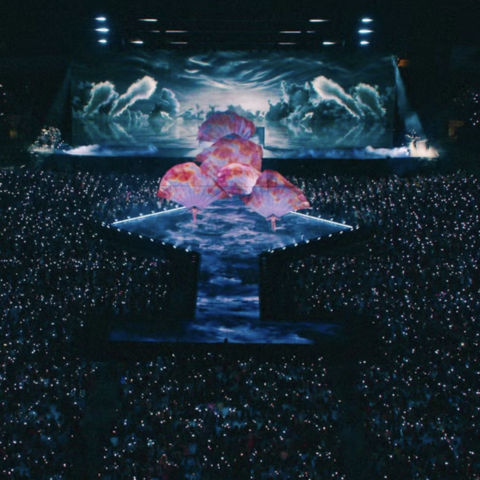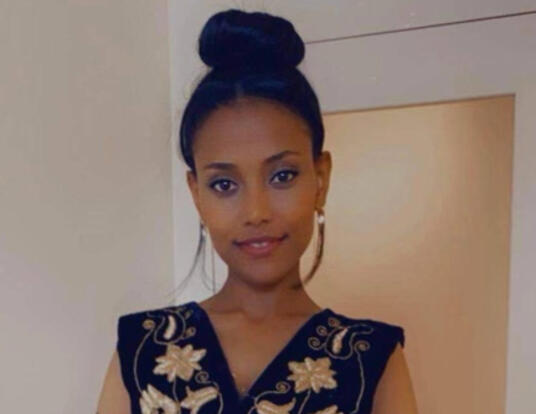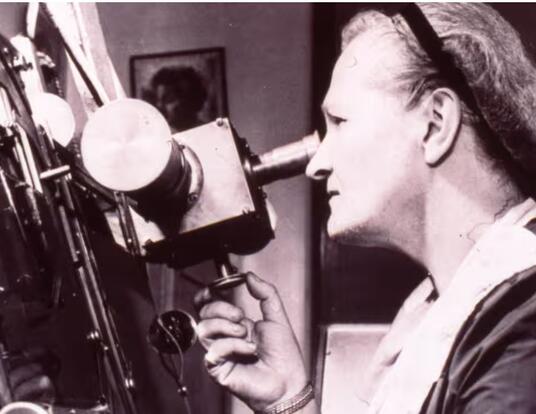In the Archives, In the Volcano
For Joana Pimenta, academia and art are a potent combination
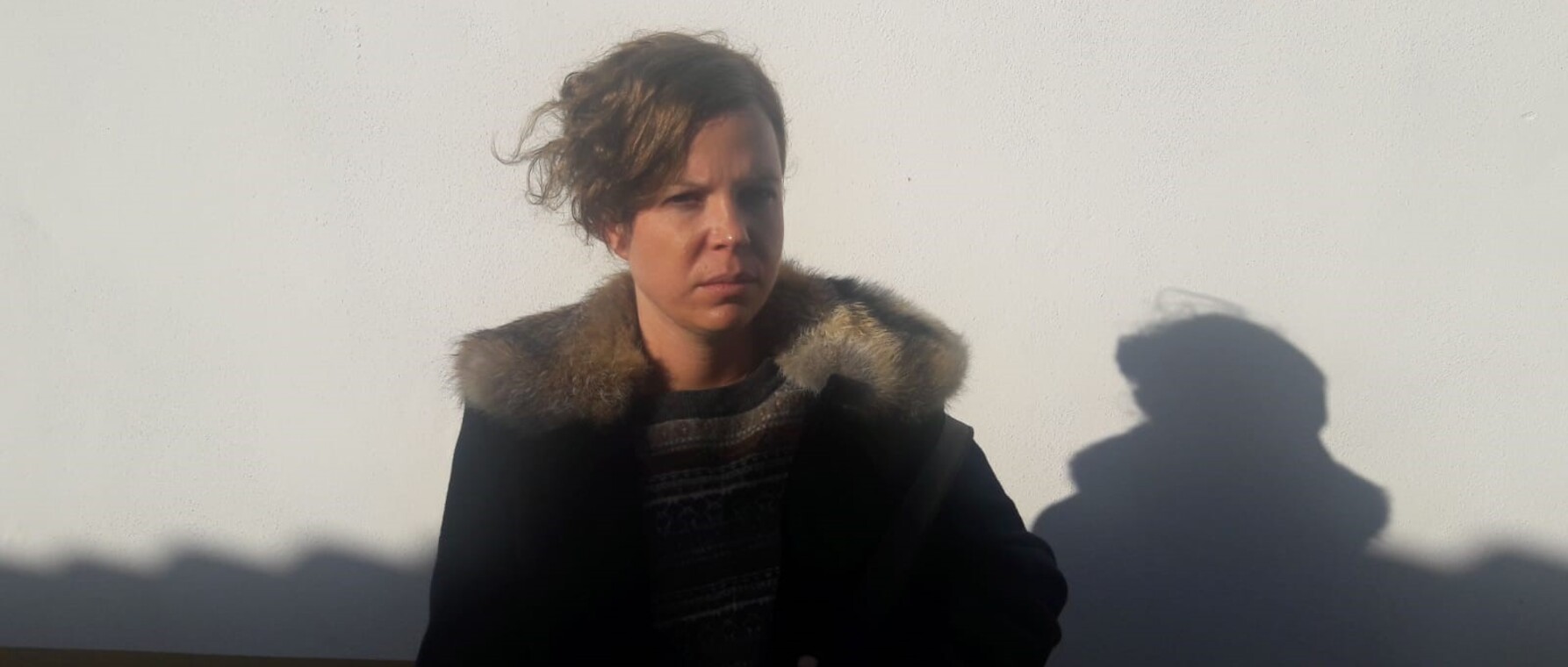
Joana Pimenta, PhD ’17, came to GSAS in 2010, a member of only the second cohort of the film and visual studies and critical media practice PhD program. A young filmmaker and a native of Portugal, Pimenta says she was drawn in by the openness of the program, which allowed her to push the intellectual boundaries of academia even as she expanded her own creative horizons.

“The Department of Art, Film, and Visual Studies (AFVS) was dedicated to studio, writing, and filmmaking practices,” she says. “It was filled with faculty and colleagues who weren’t afraid to take risks. The way that I work today—moving between research and writing and filming, between documentary and fiction, between directing and doing my own photography—is because I was trained at GSAS to navigate the edges between disciplines and methodologies.”
Today, Pimenta researches the art of the moving image—what it is, its history, and its use in modernity—while creating motion pictures of her own that critique, provoke, and illuminate the ways we think and live. As a lecturer at AVFS and the director of the Film Study Center and graduate studies for critical media practice, she brings both her creativity and intellectual rigor into the classroom to help students get a better understanding of the legacy and power of visual art.
The Scholar as Filmmaker
Do a Google search for “what was the first video ever made” and at the very top of the results, you’ll find a link to an article about The Roundhay Garden Scene (1888), an early silent film. In the world of visual art, however, film and video are considered separate media. Although film has been around for over 130 years, the videotape recorder wasn’t invented until the 1950s and wasn’t commonly used by content creators until the 1960s. Digital media only became ubiquitous in the last 25 years.
Pimenta was curious: how did works made with different media all merge under one category?
“I was interested in tracing the history and geography of the term moving image,” she says, “I wanted to know how and when the term of moving image became a form in and of itself.”
As a PhD student at GSAS, Pimenta interrogated the notion of seamless continuity in the production of the moving image—from film to video to digital. She says this kind of “homogeneous genealogy” glosses over the distinctions between the technologies and the forms of visual art they engendered. The 1965 installation Outer and Inner Space by Andy Warhol, for instance, was a milestone in the history of contemporary art precisely because the two mediums it employed—film and video—were different from each other.
Pimenta conducted archival research and investigated the emergence of video works in Portugal and Brazil. She says that early video art was accompanied by a sort of techno-utopian rhetoric about its pervasiveness and global influence. Its emergence in these two Portuguese-speaking nations, however, reveals a more dystopian story.
Both [Portugal and Brazil] were ruled by dictators at the time of video’s emergence in the 1960s and 1970s. The governments of both heavily controlled the import of new video equipment—and access to it thereafter.
—Joana Pimenta, PhD ’17
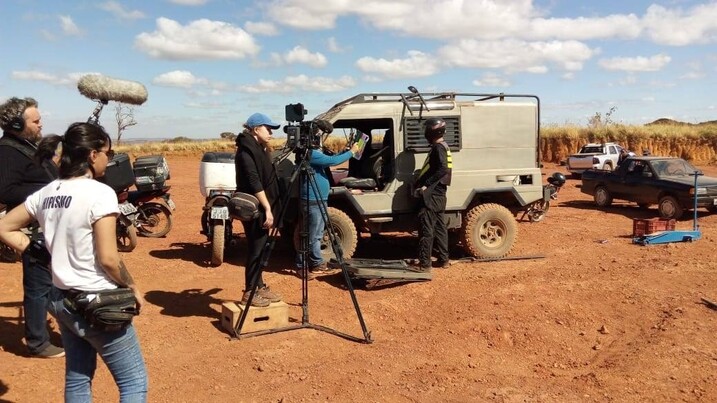
“Both countries were ruled by dictators at the time of video’s emergence in the 1960s and 1970s,” she says. “The governments of both heavily controlled the import of new video equipment—and access to it thereafter. So, in both countries, video art became a sort of clandestine practice. Also, in Portugal in the 1970s, film and video were used interchangeably, demonstrating that video wasn’t simply a continuation of film but that the two mediums influenced and ‘contaminated’ each other.”
Pimenta also made a film as part of her doctoral dissertation. Inspired by Triste Tropiques, French ethnologist Claude Lévi-Strauss’s book chronicling his mid-century travels, An Aviation Field draws on Pimenta’s own trip to the African nation of Cape Verde. There she lived for three weeks in Chã das Caldeiras, a remote village located inside the crater of a volcano.
“Lévi-Strauss talks about being ‘a traveler, an archeologist of space, trying in vain to restore the exotic with the use of particles and fragments,’” she says. “That line kept echoing in my head when I thought of Chã das Caldeiras. I understood very little about what it meant to live in that place, but every day I would wake up and pan my 16mm camera around the black wall of the volcano.”
In An Aviation Field, two people descend the black lava wall of a volcano only to get trapped inside. A modernist city is built around them but dissolves into a ruin. Pimenta says that these scenes—like the film itself—symbolize an ethnographic voyage pushed to its dissolution.
“The film is as much a possible passage as it is a long impossible pursuit,” she explains. “It grew out of my interest in the way that ethnographers do their work. I tried to conceive of a voyage where everything became what I could have seen but which escaped me.”
From Dry Ground to Old Stomping Grounds
Pimenta’s latest film is a feature titled Dry Ground Burning, which will have its US premiere at the New York Film Festival this fall. Set in Brazil, the film is the story of three women who find oil and try to establish an economy parallel to their country’s. It’s an understatement to say that Pimenta’s approach to making the film was unorthodox. For a start, she didn’t use professional actors. One of the lead characters in the film had been incarcerated for nearly seven years at the start of shooting. Another had also spent time in prison. Pimenta says that her process was to work from reality to fiction and then back again.
“We proposed locations, characters, and situations that we then experienced through shooting,“ she says. “We didn’t write dialogue and we decided every night what we were going to film the following day. We didn’t work with a closed script, but we proposed situations that we often repeated. We worked together almost every day, but often we didn’t even shoot. The film happened in the present, it reacted to the present, to what was happening to our lives, to the life of the city, to the politics of a country.”
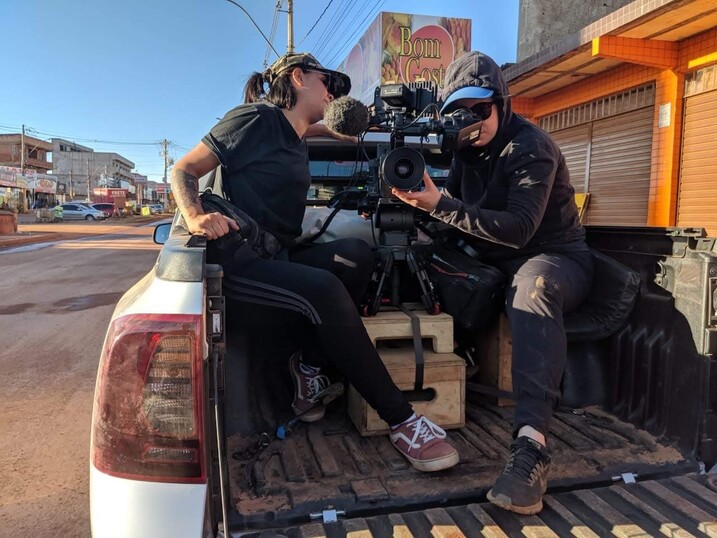
While she continues her creative work, Pimenta stays connected to the Harvard classroom. She remained at AFVS in 2017 as a lecturer just after graduating from GSAS and since then has also taught at Rutgers University. In academic year 2022–2023, Harvard students will again be able to learn from Pimenta, who will offer the courses Documentary Fictions and The Photographic and the Cinematographic. Documentary Fiction challenges students to make films that blur the line between fiction and documentary, and the Photographic and the Cinematographic is an introduction to lens-based practices. In both courses, students make final short films and explore cinematography, sound recording, and editing.
Pimenta says the dedication of the students and faculty of the AFVS program keeps her coming back to campus. “It makes it very rewarding to return as a faculty member, to be teaching and to see that your students care so much about filmmaking.” She adds that the student engagement with politics that she finds at GSAS creates a particularly vibrant atmosphere for filmmaking.
“Engagement politics is especially great coming from my prior teaching experience in Brazil, where nearly every class was political in some sense,” Pimenta says. “I feel like the students at GSAS are less passive in the way they receive teaching and much more active in what’s more challenging.”
Next up for Pimenta is a film shot in her home country of Portugal, but she can’t imagine keeping her creative and academic lives separate for long.
“My teaching and filmmaking are perhaps not often thematically related, but I truly care about my student’s films, otherwise I don’t think I’d be here,” Pimenta says. “I want them to push themselves further, to test their own limits in filmmaking while they are making images, while they are being confronted with a reality and the people in it, and then find a way, through many hours spent playing with the material, to hold everything together in the editing. That is the challenge of filmmaking that makes me feel very much alive.”
Photos courtesy of Joana Pimenta
Get the Latest Updates
Join Our Newsletter
Subscribe to Colloquy Podcast
Simplecast


